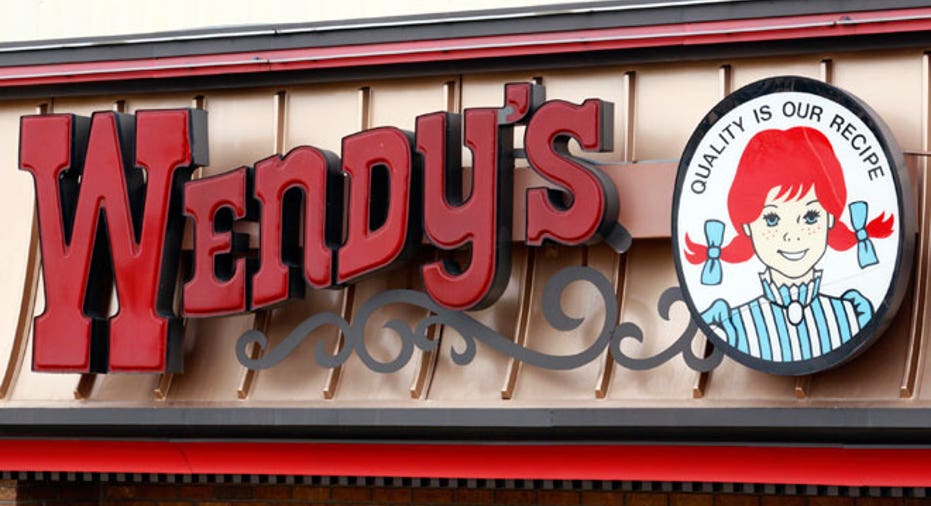Wendy’s Cooks Up Loss as Costs Grow But Meets Street

Wendy’s (NYSE:WEN), which is undergoing a massive overhaul of its stores and menus that it hopes will ramp up demand, reported an in-line second-quarter loss on Thursday as one-time restructuring costs were partially offset by stronger sales.
The Dublin, Ohio-based fast-food chain swung to a loss of $5.5 million, or a penny a share, compared with a year-earlier profit of $11.4 million, or 3 cents.
Excluding a $25.2 million pre-tax change from the early extinguishment of debt, Wendy’s earned $89.1 million during the quarter, or 5 cents a share, matching average analyst estimates in a Thomson Reuters poll.
Revenue for the three months ended July 1 climbed 3.8% to $645.9 million from $622.5 million a year ago, topping the Street’s view of $647 million. In North America, same-store sales – a key growth metric for retailers and restaurants – grew by 3.2%.
Shares of Wendy’s grew by $4.2% premarket but were trading virtually flat later in the morning.
Partially offsetting improved sales were higher commodity and paper costs as well as increasing labor costs related to its customer service revamp efforts and store makeovers, an initiative it has dubbed “Image Activation.”
“We are building a solid foundation for the reimaging of our system, which is very exciting for our customers, operators and franchisees,” Wendy’s Chief Executive Officer Emil Brolick said in a statement. “It elevates the customer experience with innovative exterior and interior designs.”
Based on strong sales performance at the restaurants it has already made over, Brolick said the company is planning to accelerate the Image Activation plan in 2013 and is targeting completing 50% of company-operated restaurants by the end of 2015. As of this year, Wendy’s is on track to reach about 50 existing restaurants, which adds to the 10 that were fixed up in 2011.
Wendy’s, which competes with McDonald’s (NYSE:MCD) and Burger King (NYSE:BKW), reaffirmed its fiscal 2012 outlook of non-GAAP EBITDA in a range of $320 million to $335 million, which excludes certain one-time items like transition expenses and debt costs.